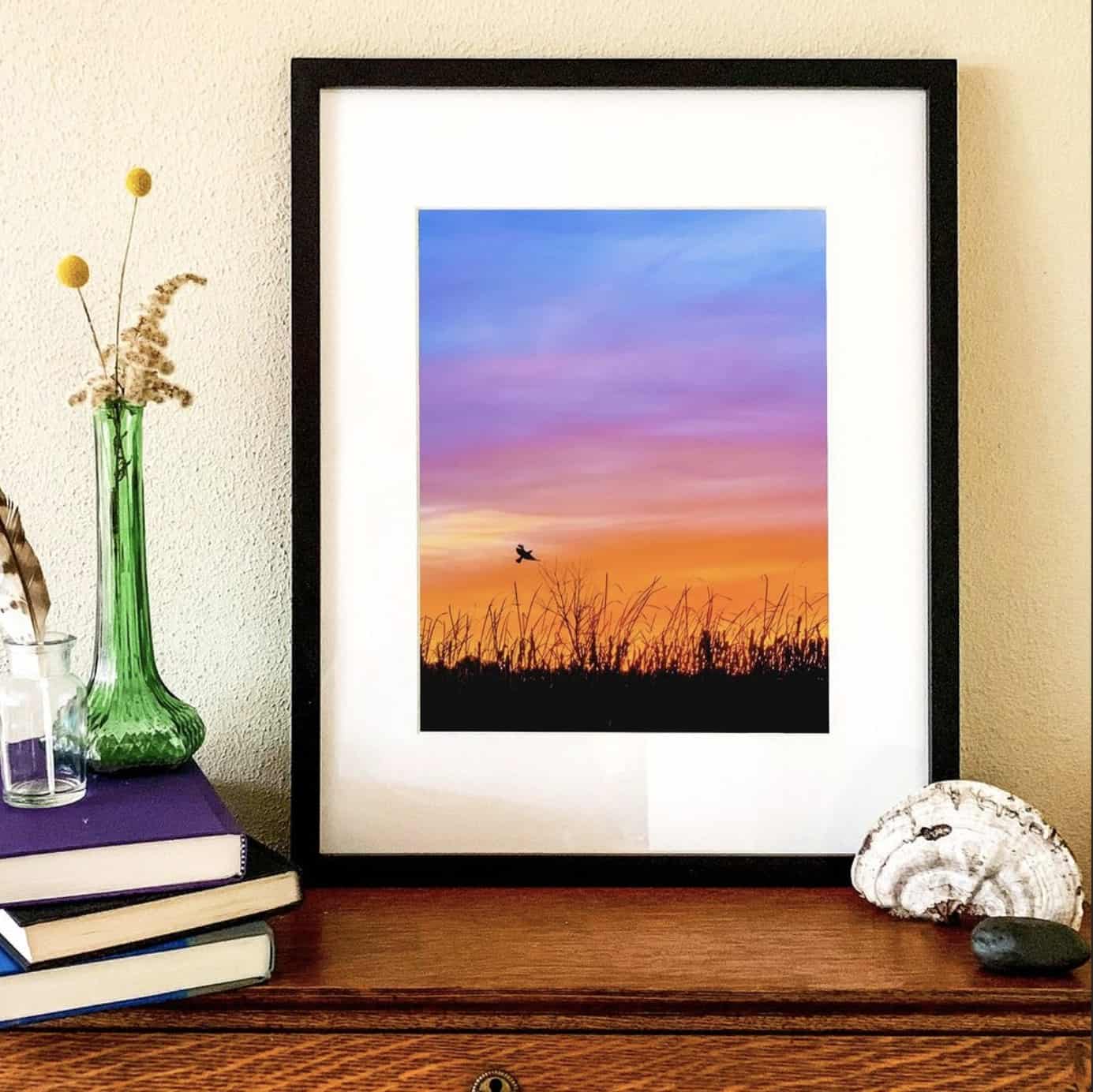
- https://www.midwestcapades.com/
Midwestcapades
Teresa migrated to the Midwest from the eastern seaboard 20 years ago. A working artist since her teens, her work has spanned mediums of painting, printmaking, photography, illustration, digital art, and design.
Across decades and mediums, one thing remains a constant inspiration in her work: “You don’t have to go very far to find new and different things that expand your view of your world—you just have to have your eyes and mind open.”
She is currently focused on nature-themed photography and printmaking under the banner of Midwestcapades, studying, portraying, and teaching about Midwest ecosystems and native species.
STATEMENT
“Study the science of art. Study the art of science. Develop your senses-especially learn how to see. Realize that everything connects to everything else.” —Leonardo Da Vinci
If you look at a Mark Rothko painting from across a room, you may only see blurry rectangles and sometimes ugly color combos. “I could do that” many have said.
The same could be said of the Midwest landscape—just rectangles of corn and bean fields for miles. Nothing special, punctuated by cows.
When you view a Rothko up close though, it is electrifying—you’re enveloped by color and vibrations from different hues butting up against each other. When you get so close that the edges of the painting get lost in your peripheral vision, you fall into the scene, experiencing something immersive and atmospheric. What extends past your field of view is just as important to the experience as what is right in front of you.
I feel this way about nature. Visit it periodically from sterilized overlooks with crowds, parking lots and garbage cans, viewing it only from a distance, and it’s ho-hum. But get closer, and step into smaller scenes so you’re closely surrounded on all sides, and everything is suddenly busy with life and purpose.
An even closer look starts to reveal how things work: how fungi spores float, how seed pods burst, how blooms cycle seasonally, how organisms defend themselves or work together. At this scale, everything is novel and intriguing. Even—perhaps especially—where you’d least expect it: in Midwest ecosystems.
In my photographs and block prints, plants, critters, and forests are the main characters in vignettes about life, growth, cycles, and seasons. They tell about their communities, their experiences, their strategies, and their true nature.

